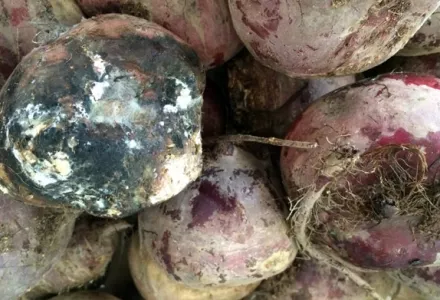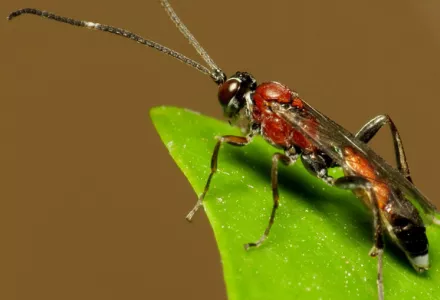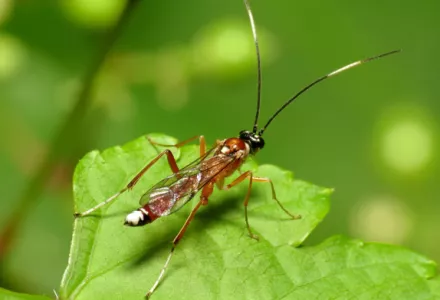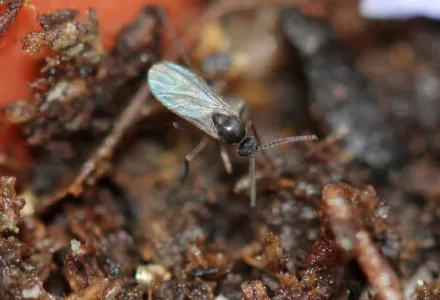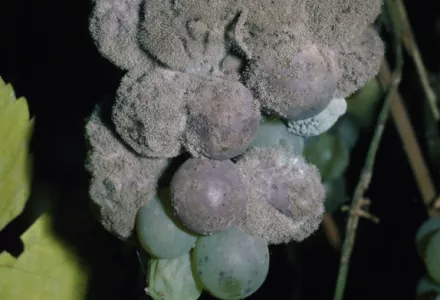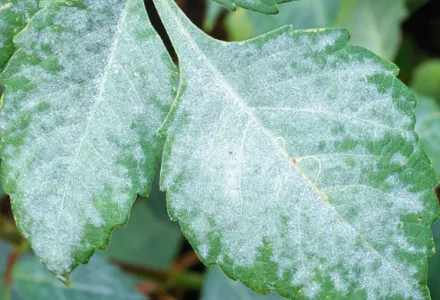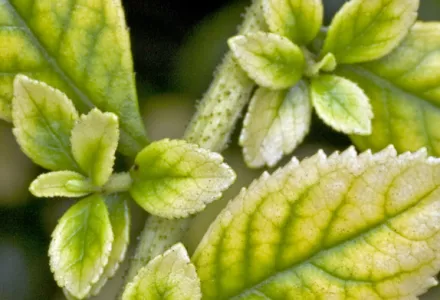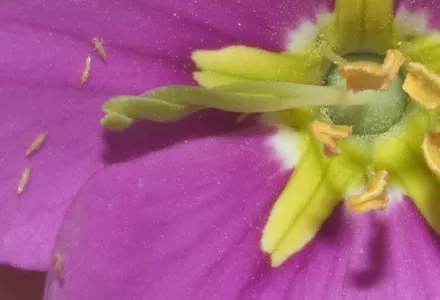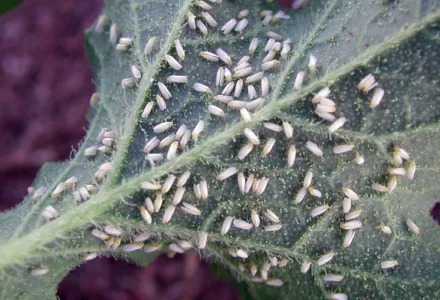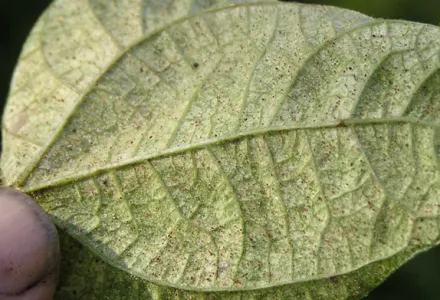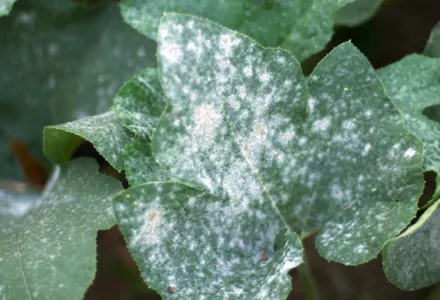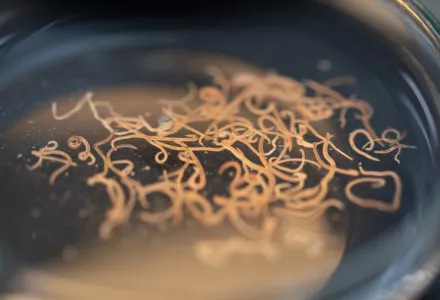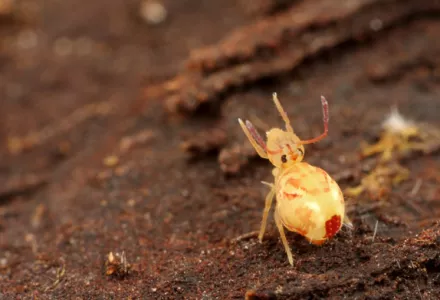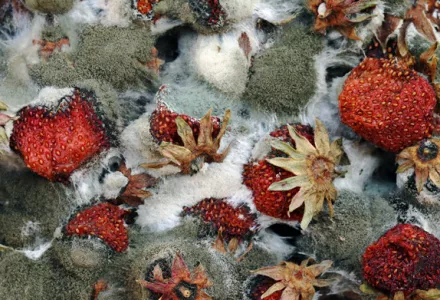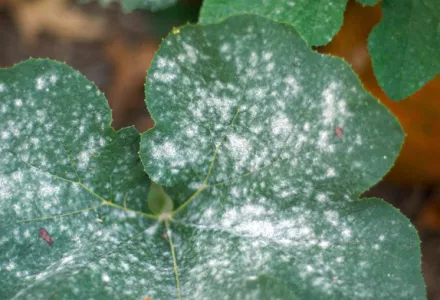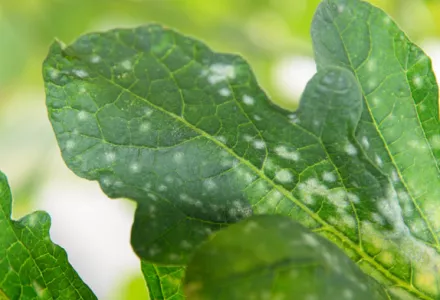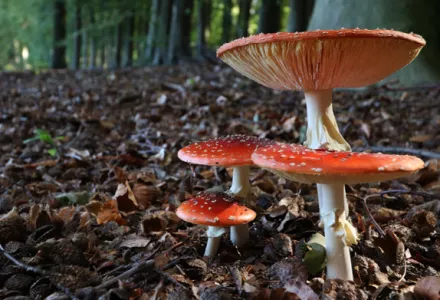Compared to other pests, pathogenic micro-organisms in the soil are silent killers that cannot be seen and are very difficult to eradicate once they are established. One of these micro-organisms is Pythium spp.
What is Pythium?
While it has been considered a fungus, it is actually more closely related to algae, protozoa or some types of mould. In fact, the term Phythium refers to a wide group of species, many of which are pathogenic for plants, causing root rot or rotting at the base of the stem.
Like fungi, Pythium species reproduce through spores. In favourable conditions, these spores germinate on plant roots where they begin to grow by extending their mycelium all over the plant. Pythium produces two types of spores: zoospore and oospore.
Zoospores are asexual spores produced by a single individual. One of the main characteristics of these zoospores is that they can swim in the water thanks two little hairs called flagella, which they use like oars. This means that Pythium can spread rapidly, especially in recirculating hydroponic systems where plants share the same nutrient solution.
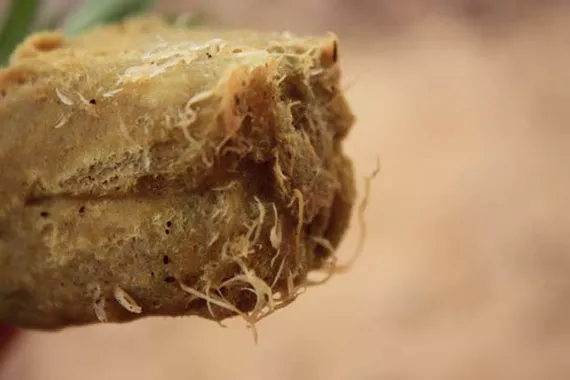
Oospores are sexual spores that have with a new combination of genes. They are formed at the end of the host plant's life. In contrast to the zoospores they do not have flagella, but they are highly resistant to adverse conditions, such as drought or heat. This means they are able to remain dormant for a number of years until they find a suitable host. It is this resistance that makes it so difficult to eradicate Pythium completely. The best way is to disinfect everything, dispose of the substrate and replace it.
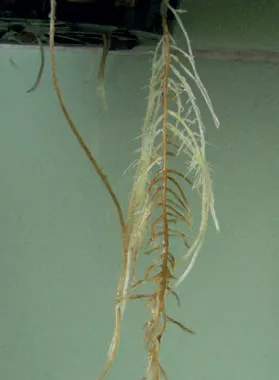
Pythium arrives at our nurseries in irrigation water (especially through its zoospores) or it is transported in soil, substrates, insects or on humans. Once the mycelium is established on the plant, it begins to produce the structures to form new spores, especially in large volumes of standing, non-aerated water.
Pythium zoospores will swim to the root tips following root exudates. Once they reach the root surface, the spore will line up in such a way that it can grow directly into the root surface. A damaged root is easier to penetrate and as these leak more exudates, the spores will target any damaged areas. They will also appear when roots start to rot, or when cuttings are planted. Gnats can also help Phythium to enter into the plant as they create small wounds when they feed on plant roots.
In an unbalanced situation, such as when there are large fluctuations in moisture, temperature and oxygen, plants will expend much more energy on producing and again let die its roots. This makes a plant more vulnerable to Pythium than a plant in a more stable environment.
Damping off
Pythium can infect seeds even before they germinate. Since it is quite difficult to spot the symptoms with the naked eye, growers tend to think that something was wrong with the seeds rather than that a pathogen was present.
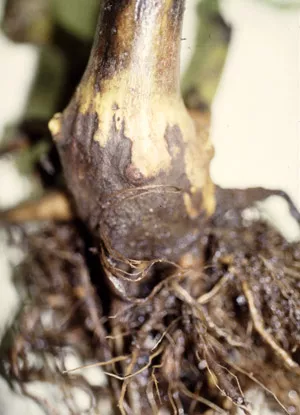
Germinating seeds and young plants also are very susceptible to Pythium, as the root tips are still soft and therefore easier to penetrate. When this occurs, the tip of the radicle turns brown and stops growing.
In the case of very young plants, Pythium will block of the vessels at the base of the stem, causing the plant to droop and ultimately die. This is known as "damping off." Other micro-organisms can provoke similar symptoms, such as phytophthora, fusarium and verticillium, but only a dedicated laboratory can determine precisely which micro-organism is the cause of an infection.
To prevent damping off, it is very important to plant in a well-aerated place and to use seed substrate that has been disinfected and produced so that it does not contain this type of hazardous micro-organism.
In general, it is essential to use drinking water for germination, such as bottled water or water from the tap, and to avoid using water from air conditioners, wells or rain since this could contain the spores of these pathogens.
Certain precautions must also be taken when taking cuttings. All equipment and work surfaces need to be decontaminated, since Pythium can easily attack recently planted cuttings through an open wound. This is why some hormonal rooting powder contains fungicides to avoid this type of problem.
Root rot in hydroponic systems
Hydroponic systems are an ideal breeding ground for this type of disease, especially recirculating systems. Symptoms in infected adult plants include arrested growth, dwarfism and very closely spaced nodes. Leaves will show symptoms of deficiency while root systems are viscous and denuded. There is also an intense and characteristic smell.
This is why it is absolutely essential to use hydroponic cultivation systems that prevent the development of these pest by using, for example, ozone-treated water, water disinfected with ultra-violet light, bio-filters, applied cellulose enzymes and/or phosphonates.

